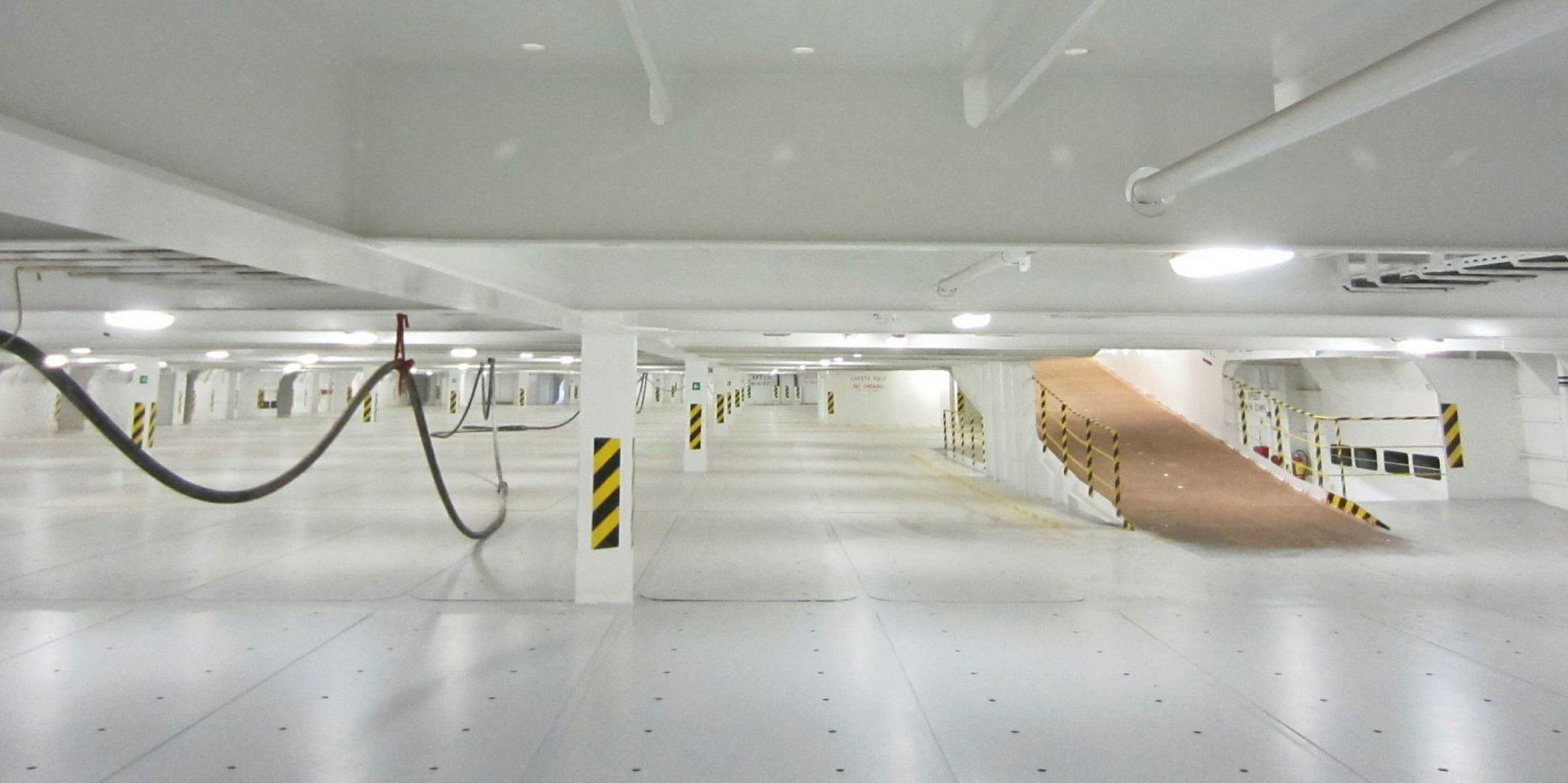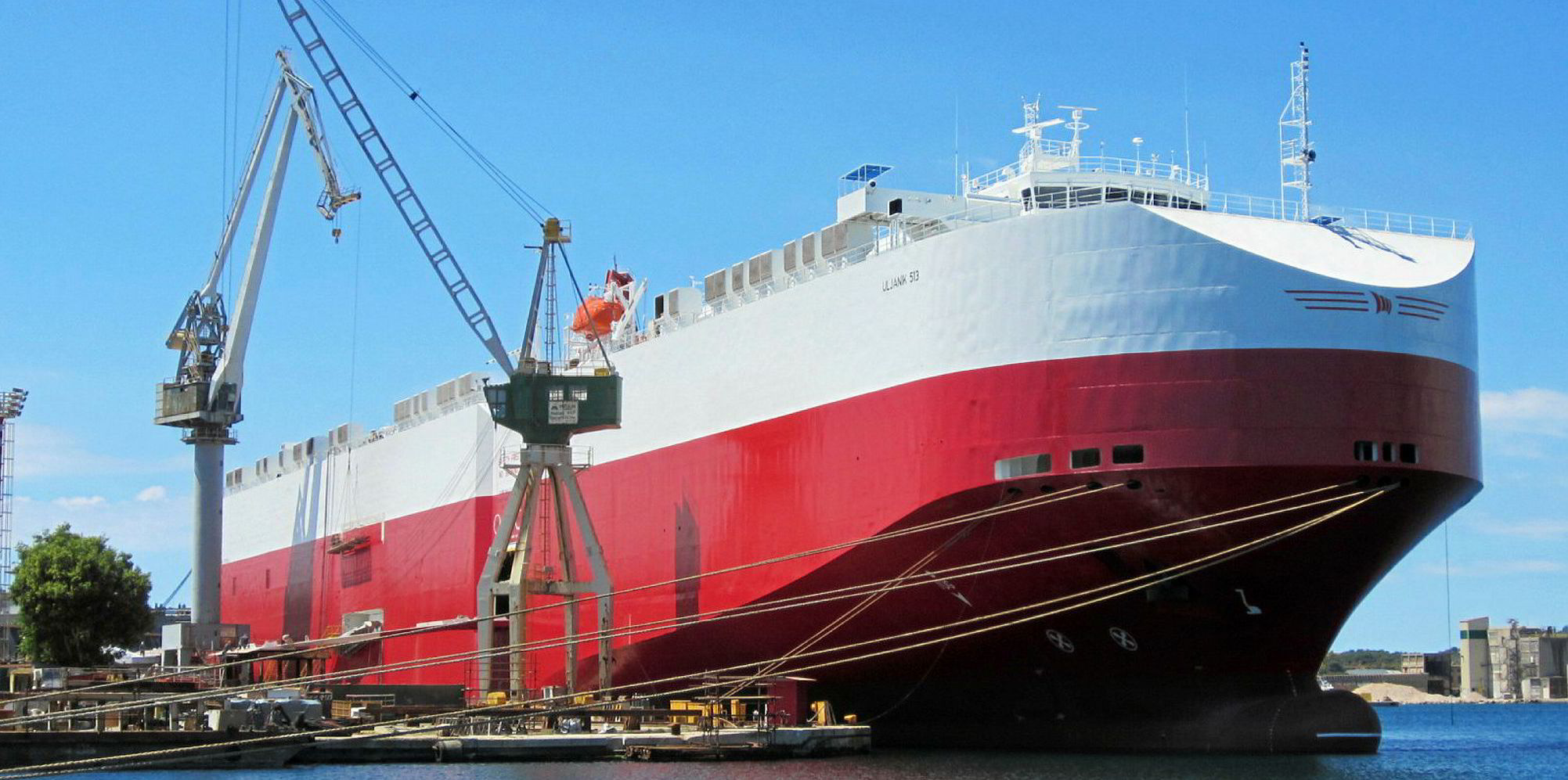One example of composite materials being used successfully in shipbuilding is at Uljanik, one of the partners of the European union-sponsored Realization and Demonstration of Advanced Material Solutions for Sustainable and Efficient Ships (RAMSSES) project.
The Croatian shipyard has used composites in deck plating on Siem Car Carriers' 7,000-ceu Siem Cicero (built 2017), saving more than 200 tonnes in weight and enabling dozens more vehicles to be carried.
Frank Roland of the Center of Maritime Technologies in Hamburg believes it is the first commercial application in a vessel regulated by the International Convention for the Safety of Life at Sea.
Stephane Paboeuf of Bureau Veritas says the classification society investigated metallurgy of the alternative design and carried out risk analysis to “demonstrate this solution was as safe as steel decks".
Paboeuf says Uljanik showed how a relatively small shipyard can succeed, even though it cannot match the big builders in human resources.
The Damen Group, which operates 32 shipyards and other companies worldwide, has built an entire urban ferry from composites.

Roland says there is the potential to build hulls of large ships entirely with such materials. However, it depends on customers’ specifications as to whether it makes sense.
A combination of steel hulls and composite materials for superstructures is a solution, Paboeuf says.
“I think the future will be a material mixture,” Roland concurs.
The phrase “multi-material ships” has been coined, including the potential for cabins on passengerships to be made load-bearing.
A lot of non-steel materials are already available but not used yet for load-carrying structures.
“In the future, I think whole structures of ships will look different, with the right materials used in the right places,” Roland says.








